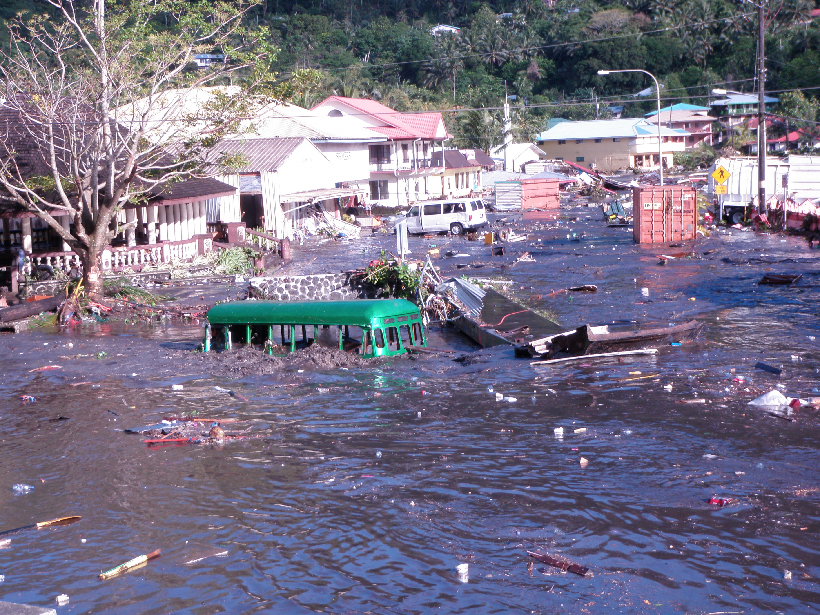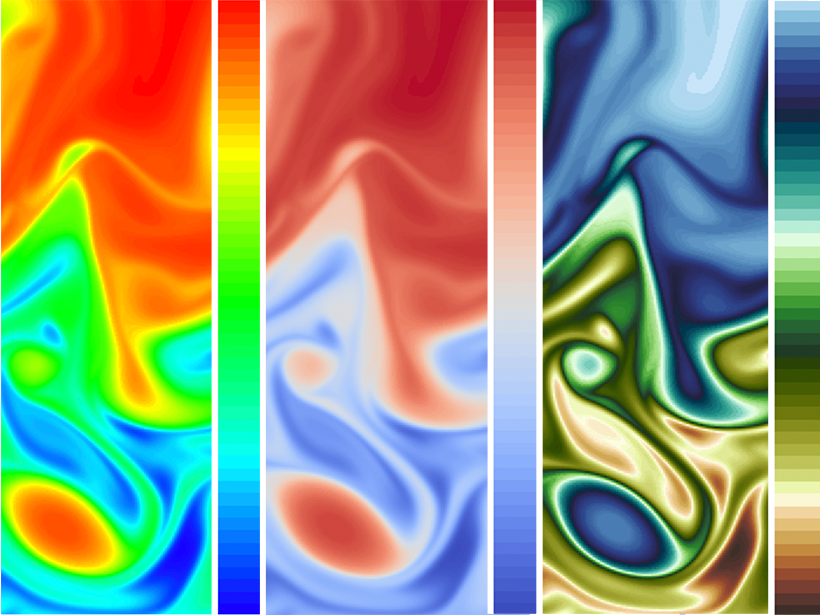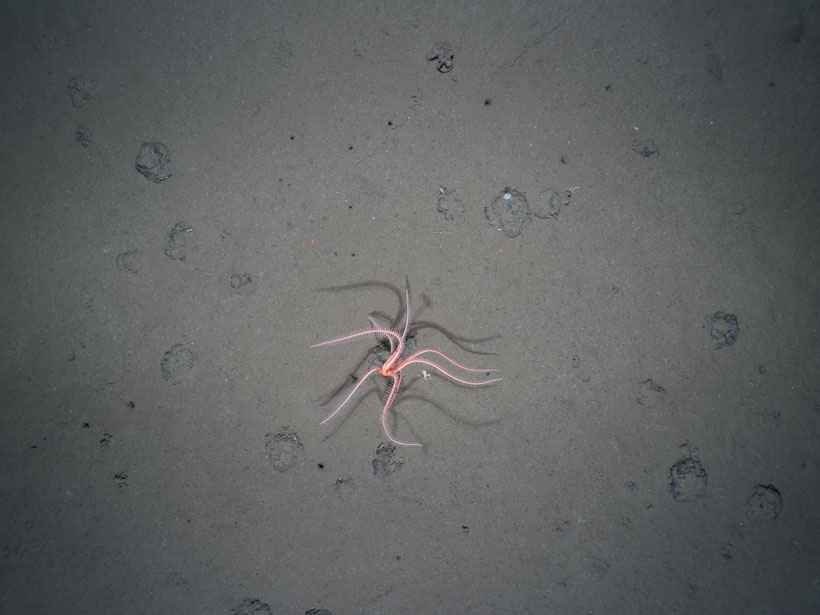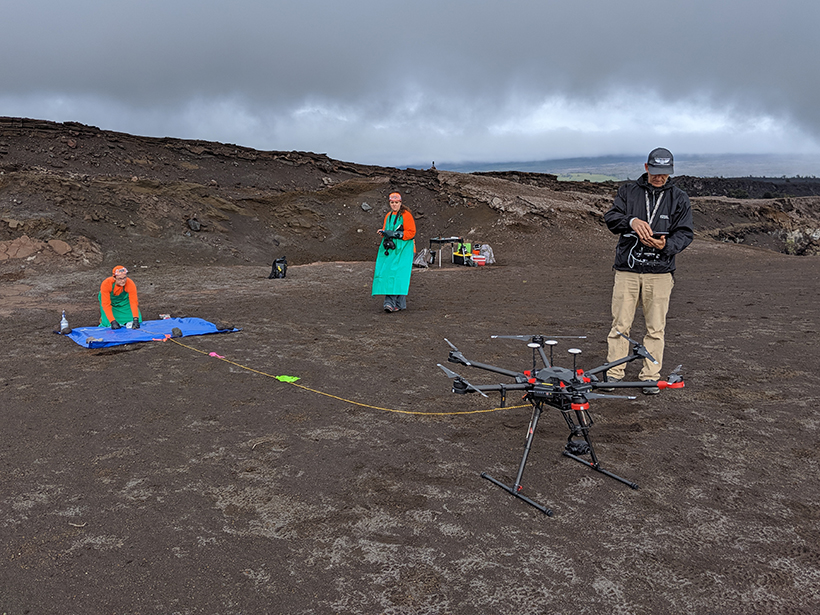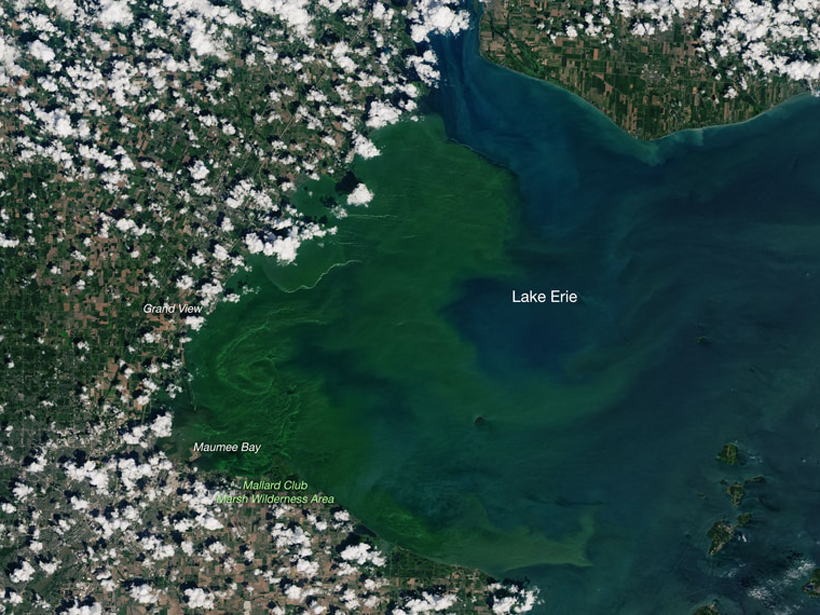Insights from Earth and space sciences are valuable for addressing the current global health emergency, and such societal challenges are best addressed by integrated and interdisciplinary research.
CC BY-NC-ND 2020
Seismic Noise Reveals Landslides in the Gulf of Mexico
Scientists found dozens of submarine landslides in the Gulf of Mexico, possibly triggered by remote earthquakes.
An Iconic Eruption Shaped Careers, as well as Landscapes
The 1980 eruption of Mount St. Helens influenced scientists who witnessed the event and spurred a new era in physical volcanology.
Sensor Network Warns of Stealth Tsunamis
A next-generation network of seismic and wave sensors in the southwestern Pacific will warn coastal residents of an approaching tsunami before they see the wave.
As the Planet Warms, Intense Storms Become More Common
Thirty-nine years of satellite data reveal that the prevalence of intense hurricanes, cyclones, and typhoons—category 3 and above on the Saffir-Simpson scale—is increasing.
Visualizing Science: How Color Determines What We See
Color plays a major role in the analysis and communication of scientific information. New tools are helping to improve how color can be applied more accurately and effectively to data.
The Long-Lasting Legacy of Deep-Sea Mining
New research reveals a deep-sea mining experiment that took place 26 years ago still has significant and persistent impacts on benthic life.
NSF Plots a Course for the Next Decade of Earth Sciences Research
Committee members who put together the new report Earth in Time describe this as an “all hands on deck” moment for the field.
Cold Cuts: Glaciers Sculpt Steep Peaks
In environments raked by glaciers, tall peaks like Denali still survive, held up by surprisingly thin crust.
AquaSat Gives Water Quality Researchers New Eyes in the Sky
A new data set combining sample data and remote sensing could give scientists the power to make accurate predictions at a global scale.




